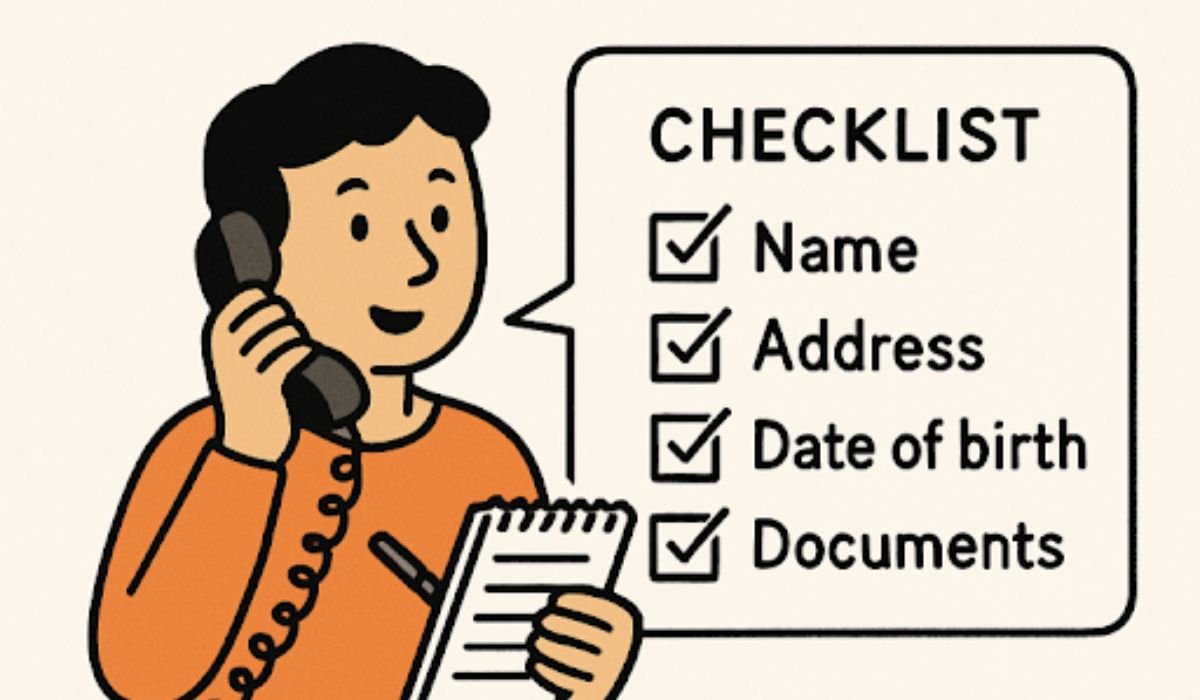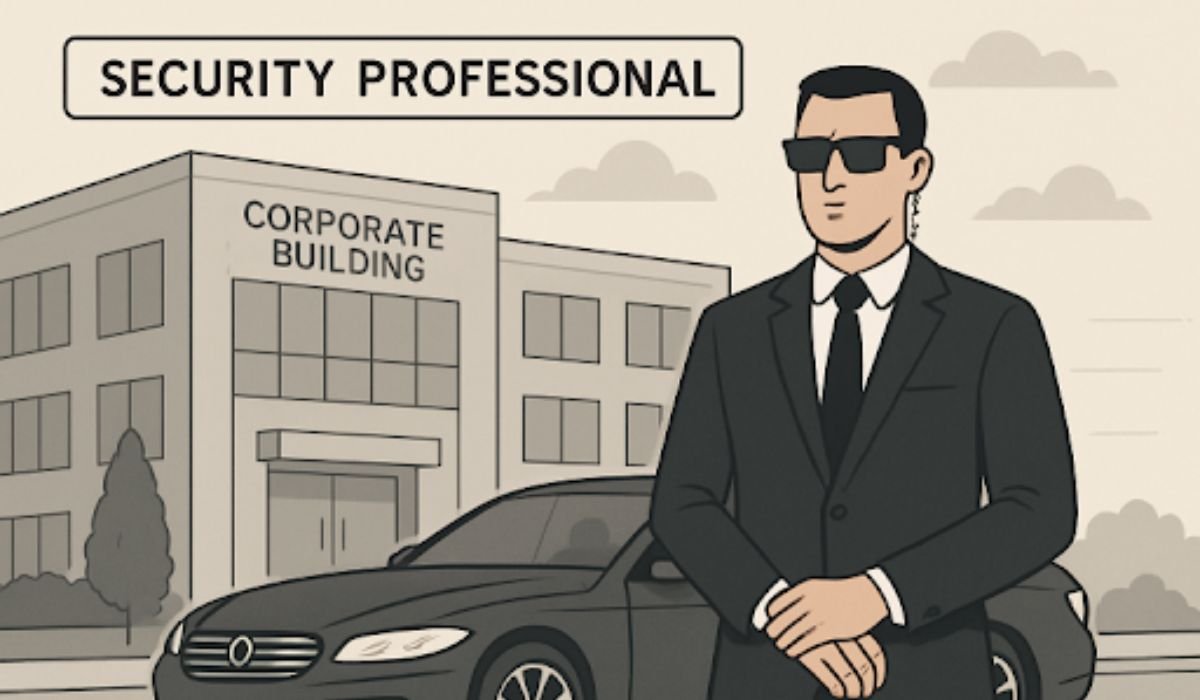Falls are one of the leading causes of workplace injuries. To protect workers and reduce these risks, safety harnesses are a must-have in many industries. These harnesses prevent injuries and show employees that their safety is a priority.
Both employers and employees need to understand how safety harnesses work and why they matter. To ensure you’re informed and prepared, read on to discover why safety harnesses are a key tool in workplace safety.
What Are Safety Harnesses?
Safety harnesses are designed to secure workers while they are elevated or engaged in tasks where the risk of falling exists. Made from strong materials, they are used in fields like construction and manufacturing.
The main purpose of these harnesses is to distribute the forces during a fall, aiding in fall and injury prevention.
Why They Are Essential for Workplace Safety
Employers must ensure a safe work environment and safety harnesses are key to this. Here are several reasons why they are vital:
Prevention of Falls
The most obvious advantage of safety harnesses is their role in preventing falls. They provide critical support and ensure workers stay secure in high-risk environments. Harnesses lower the risk of serious injuries, giving both employers and employees peace of mind.
Compliance With Regulations
Workplace regulations require safety harnesses for height-related tasks to ensure safety compliance. Following these regulations helps companies avoid fines and improve their reputation.
Increased Confidence
When workers know that they are adequately protected, they are more likely to perform their tasks confidently. This confidence can lead to increased productivity and job satisfaction.
Cost Savings
Investing in quality safety harnesses can lead to significant savings in the long run. Reducing injury rates minimizes workers’ compensation claims and related costs.
How to Choose the Right Safety Harness
Choosing the right safety harness is crucial for optimal protection. Here are a few tips:
Assess the Environment
Understand the specific risks in your work environment, such as the height and tasks involved. This helps you choose the right safety harness for maximum protection.
Select the Right Type:
There are full-body and seat harnesses for different tasks. Choosing the right one is important. Full-body harnesses offer full protection, while seat harnesses allow more movement and comfort.
Consider Comfort and Fit
A harness that does not fit well can be uncomfortable and may not provide adequate protection. Always opt for adjustable harnesses that offer the best fit for the individual worker. Proper fit ensures optimal safety and comfort, reducing the risk of accidents.
Fall Protection Systems
Make sure the harnesses work with other fall protection systems for full safety. This ensures a complete safety net for workers in high-risk environments.
Protecting Workers and Enhancing Workplace Safety
In summary, safety harnesses are essential for workplace safety. They protect workers from falls and help employers stay compliant with regulations. Investing in quality fall protection systems reduces accidents and boosts confidence on the job.
Prioritizing safety ensures a healthier, safer work environment for everyone. For more tips on improving workplace safety, read our blog for helpful insights!











